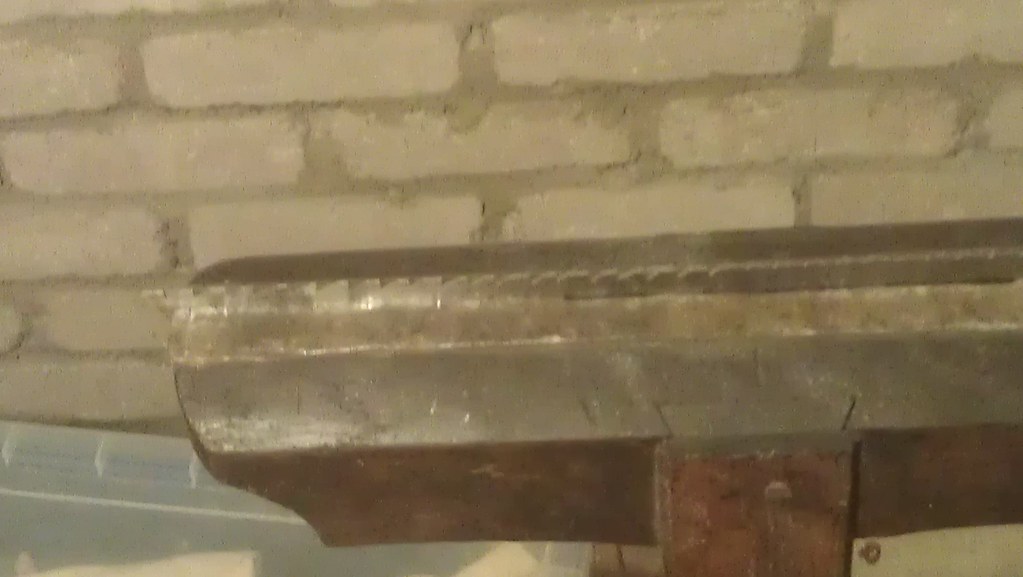A while ago I bought a job lot of Tyzak Sons and Turner saws, the seller had however had them all machine sharpened as ripsaws, so I want to change some over to crosscut; specifically a 26" 7 tpi handsaw, and a 14" 10tpi mitre saw.
I'm ok sharpening saws, if I take my time and concentrate; but from what I know, changing the profile is a more involved process... I do rather like the saws in general, but I don't need 3 identical ripsaws and a rip-cut mitre saw is altogether a bit silly (though I suppose I'll regret changing it should I ever want to make increadibly large dovetails!) so I don't want to make a pigs ear of the job.
As a collolary, I'd like to change the tpi of one of the other handsaws from 7 to 4 whilst keeping the rip-cut, and change a 2 tpi two man crosscut to a 1.5 tpi double sided rip... It is my asumption that I'd be better off either sending it to a specialist, or should I really want to do it myself cutting brand new teeth with a punch (also jig, anvil and sledgehammer)... Does anyone have advice to the contrary.
As a collolary to the collolary, my long suffering dovetail saw (My first, and favourite saw bought for me by my grandfather as soon as I was old enough to use one) is looking a bit worse for wear (it's lost a few teeth, and one or two more have been thinned by excessive pressure when setting). It's currently a 20tpi cross cut, I'm considering the merits of changing it to rip, as obviously that would be more sensible for a dovetail saw and would likely have no noticable impact on the cross cut ablity of it; However if sharpening it it anything to go by, changing profiles would be The Most Fiddly Job In The World, Ever and given the sentimental value of it I would Have to get it right.
Anyone got any advice for me (other than sending them to experts such as Pedder and Lui)?
I'm ok sharpening saws, if I take my time and concentrate; but from what I know, changing the profile is a more involved process... I do rather like the saws in general, but I don't need 3 identical ripsaws and a rip-cut mitre saw is altogether a bit silly (though I suppose I'll regret changing it should I ever want to make increadibly large dovetails!) so I don't want to make a pigs ear of the job.
As a collolary, I'd like to change the tpi of one of the other handsaws from 7 to 4 whilst keeping the rip-cut, and change a 2 tpi two man crosscut to a 1.5 tpi double sided rip... It is my asumption that I'd be better off either sending it to a specialist, or should I really want to do it myself cutting brand new teeth with a punch (also jig, anvil and sledgehammer)... Does anyone have advice to the contrary.
As a collolary to the collolary, my long suffering dovetail saw (My first, and favourite saw bought for me by my grandfather as soon as I was old enough to use one) is looking a bit worse for wear (it's lost a few teeth, and one or two more have been thinned by excessive pressure when setting). It's currently a 20tpi cross cut, I'm considering the merits of changing it to rip, as obviously that would be more sensible for a dovetail saw and would likely have no noticable impact on the cross cut ablity of it; However if sharpening it it anything to go by, changing profiles would be The Most Fiddly Job In The World, Ever and given the sentimental value of it I would Have to get it right.
Anyone got any advice for me (other than sending them to experts such as Pedder and Lui)?




































